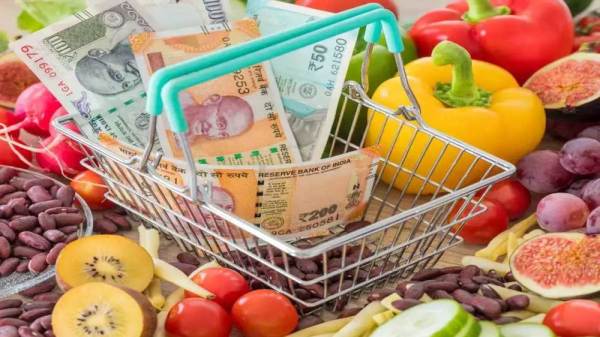
India’s retail inflation rate fell to 3.34 percent in March, which is the lowest level of the last 67 months after August 2019. Earlier in February, this rate reached a seven -month low of 3.61 percent.
The rapid decline in inflation is mainly due to a fall in food prices. The food inflation rate declined from 3.75 percent in February to 2.69 percent in March, which is the lowest level in the last 40 months after November 2021. Prices of vegetables, eggs, pulses, meat and fish, grains and dairy products are responsible for the decline in food inflation rate. In February, the inflation rate in rural areas was 3.79 per cent, which has come down to 3.25 per cent in March, while the inflation in urban areas was 3.32 per cent in February, which has increased to 3.43 per cent in March. However, the rate of food inflation in urban areas has come down from 3.15 percent to 2.48 percent.
Wholesale inflation reaches four -month low 2.05%
The wholesale inflation rate declined from 2.38 percent of February to 2.05 percent in March. This level of bulk inflation rate is the lowest level in the last four months. This fall is mainly due to a fall in food grains, fuel and electricity prices. However, the prices of manufactured goods have increased in March.
India’s trade deficit increased to $ 21.54 billion in March
India’s trade deficit increased to $ 21.54 billion in March, which was more than the lowest level of $ 14.05 billion in February. Business exports were recorded at $ 437.43 billion in 2024-25, while in 2023-24 it was $ 437.07 billion. In 2024-25, export of goods and services will increase by five percent to $ 820.93 billion. Exports in March stood at $ 41.97 billion, which was $ 36.91 billion in February. However, imports increased from $ 50.96 billion in February to $ 64.51 billion in March.